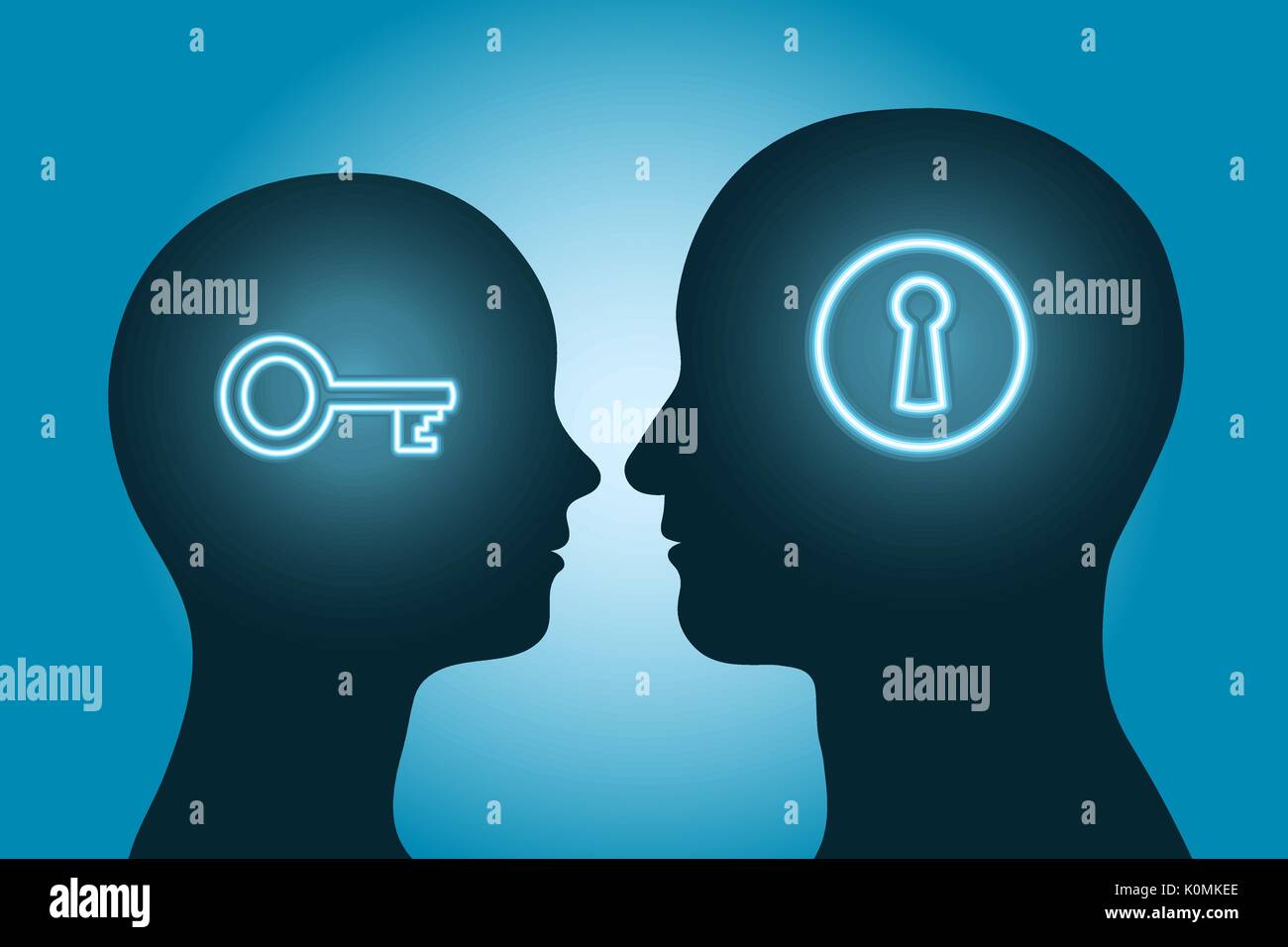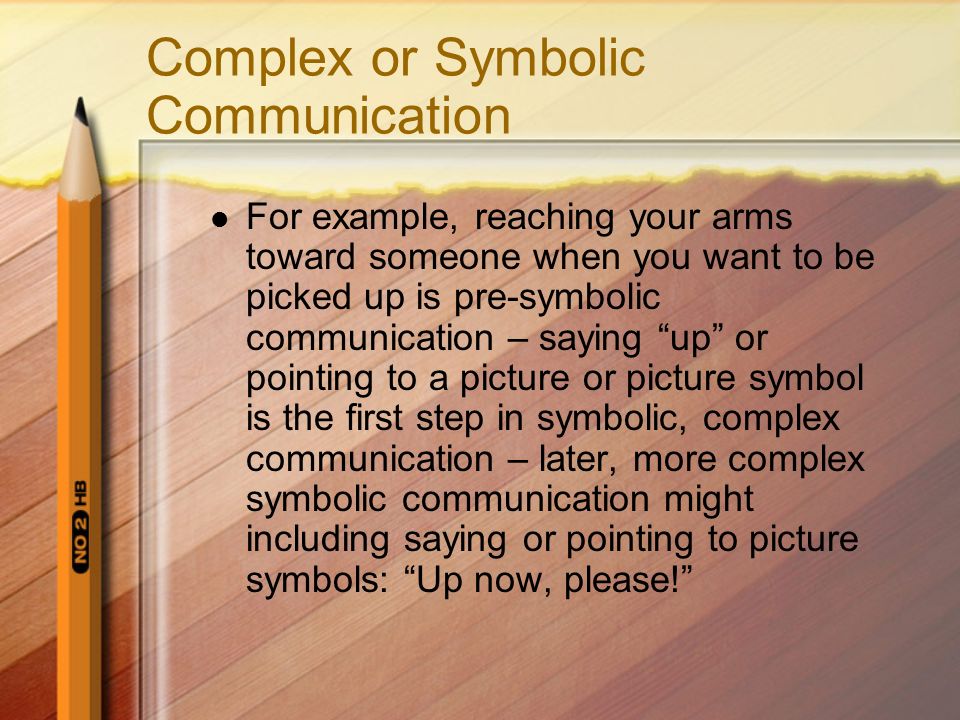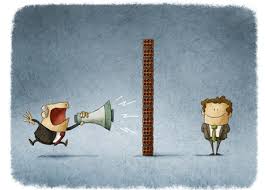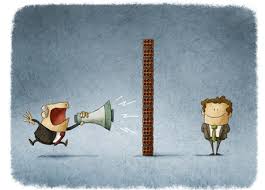What is Symbolic Communication?
Symbolic communication is the process of conveying meaning through symbols, such as words, gestures, or images. It is a fundamental aspect of human communication, enabling the expression and interpretation of ideas, feelings, and experiences.
In everyday life, we use symbols to communicate in various forms, from language to nonverbal cues. Words, for example, are symbols that represent specific ideas or objects, while gestures and facial expressions can convey emotions or intentions. This type of communication allows us to share complex thoughts, emotions, and concepts with others, facilitating social interaction and understanding.
Symbolic communication also plays a central role in various fields such as art, literature, and media, where symbols are used to convey deeper meanings and provoke thoughts or emotions in the audience. Symbolic communication is the means by which humans express and interpret meaning through symbols, contributing to the richness and complexity of human connection and understanding.
Symbolic Communication: An Overview
Symbolic communication refers to the use of symbols, such as words, gestures, or images, to convey meaning. It plays a crucial role in human interaction and understanding. Understanding the importance of symbolic communication is vital in various aspects of life, including personal relationships, professional environments, and even art and literature.
It allows individuals to share ideas, express emotions, and communicate abstract concepts. By assigning meaning to symbols, we create a shared understanding that enables effective communication. Symbols can take many forms, such as spoken language, written words, body language, or even emojis used in digital conversations.
The key elements of symbolic communication include the sender, the message, the channel, the receiver, and the context. Through symbolic communication, we are able to bridge gaps in language and culture, fostering understanding and connection. Examples of symbolic communication are found in everyday conversations, advertisements, signs, and works of art.

Credit: www.alamy.com
The Role Of Symbols In Communication
Symbols play a vital role in communication as they convey meaning and facilitate understanding. They are powerful tools that help individuals express their thoughts, ideas, and emotions. Understanding symbols and their significance is crucial in effective communication. There are different types of symbols, including verbal, non-verbal, and visual symbols.
Verbal symbols encompass words and language, while non-verbal symbols involve body language, gestures, and facial expressions. Visual symbols include images, signs, and symbols that represent concepts or ideas. Each type of symbol requires interpretation, and their meaning can vary depending on cultural, social, and individual contexts.
By using symbols in communication, we can convey complex thoughts and feelings in a concise and efficient manner. In conclusion, symbols are the cornerstone of communication and play a fundamental role in human interaction.
How Symbolic Communication Shapes Society
Symbolic communication is a powerful force that shapes societies and influences culture. It encompasses gestures, rituals, language, and even advertising. Symbols carry deep meanings and have the ability to leave a lasting impact on individuals and communities. By understanding and effectively using symbols, marketers can create strong connections with consumers.
Symbols have the power to evoke emotions, create brand recognition, and communicate messages in a way that words sometimes cannot. They play a vital role in branding, allowing businesses to establish an identity that resonates with their target audience. In a world driven by visuals and constant information, symbolic communication holds a significant place in our daily lives.
It is a language in its own right, silently speaking volumes and influencing our thoughts, beliefs, and behaviors without us even realizing it.
Challenges And Controversies In Symbolic Communication
Symbolic communication poses various challenges and controversies in human interaction. One major obstacle is misinterpretation and miscommunication, which can lead to misunderstandings. Additionally, cultural differences play a significant role in symbolic communication, as symbols vary across different societies. These variations can result in confusion or misalignment of meanings.
Furthermore, ethical implications arise when symbols are used for manipulation and persuasive purposes. The power of symbols to influence thoughts and behavior raises questions about ethics. Moreover, clashes between symbols and values can create conflicts and tensions between individuals or groups.
It is essential to recognize and navigate these challenges and controversies in order to foster effective and meaningful symbolic communication.
Frequently Asked Questions On What Is Symbolic Communication?
What Do You Mean By Symbolic Communication?
Symbolic communication refers to the use of symbols, such as words, gestures, or images, to convey meaning. Symbols act as a representation of ideas, objects, feelings, or events, allowing us to communicate complex concepts. By using symbols, we can express and interpret meaning beyond the immediate context.
For example, spoken language uses words as symbols to communicate thoughts and ideas. Similarly, visual art uses images and colors as symbols to convey emotions and messages. Symbolic communication enables us to share thoughts and emotions, create shared understandings, and engage in social interactions.
It plays a significant role in human communication and is essential in various domains, such as language, art, literature, and culture.
What Is An Example Of Symbolic Message?
A classic example of a symbolic message is a red traffic light indicating “stop. “
What Is Symbolic Communication Speech?
Symbolic communication speech refers to the use of symbols, such as words or gestures, to convey meaning and messages. It is a form of communication where individuals use symbols to represent and express ideas, thoughts, and feelings. Symbolic communication speech is a crucial aspect of human interaction, enabling us to communicate complex concepts and share information.
Using symbols allows us to communicate across different languages, cultures, and contexts. It enhances our ability to understand and interpret the world around us, as well as connect with others. Symbolic communication speech can take many forms, including verbal and nonverbal communication.
In summary, symbolic communication speech involves the use of symbols to communicate thoughts, ideas, and emotions. It is an essential tool for effective human communication, enabling us to convey messages and connect with others.
What Is An Example Of A Symbolic Action?
Symbolic action is a gesture or behavior that represents an idea or concept. For example, raising a fist can symbolize unity or resistance.
Conclusion
Symbolic communication is a fundamental aspect of human interaction that plays a crucial role in our daily lives. It is through symbols and signs that we are able to convey messages, thoughts, and emotions, transcending barriers of language and culture.
As we have seen, it encompasses various forms such as verbal language, nonverbal cues, and even digital communication in today’s digital age. Understanding the power of symbols and their interpretation is key to effective communication and fostering strong connections with others.
Symbolic communication enables us to express abstract concepts, convey complex ideas, and create shared meanings. It allows us to navigate the world around us, establish social bonds, and build relationships. The ability to effectively use and interpret symbols is not only important in personal relationships but also in professional settings, such as marketing and branding.
By utilizing symbols that resonate with our target audience, we can create powerful associations and enhance our communication efforts. Symbolic communication is an integral part of our lives. It is a tool that helps us make sense of our world, connect with others, and convey meaning.
Whether it be through words, gestures, or digital symbols, effective communication builds bridges and enriches our human experience. So, let us continue to explore the depths of symbolic communication, embracing its power and harnessing it for greater understanding and connection with one another.




